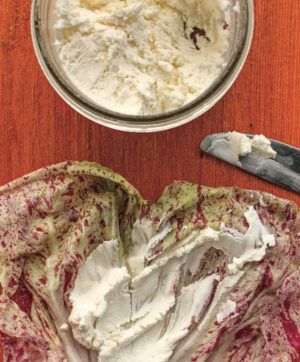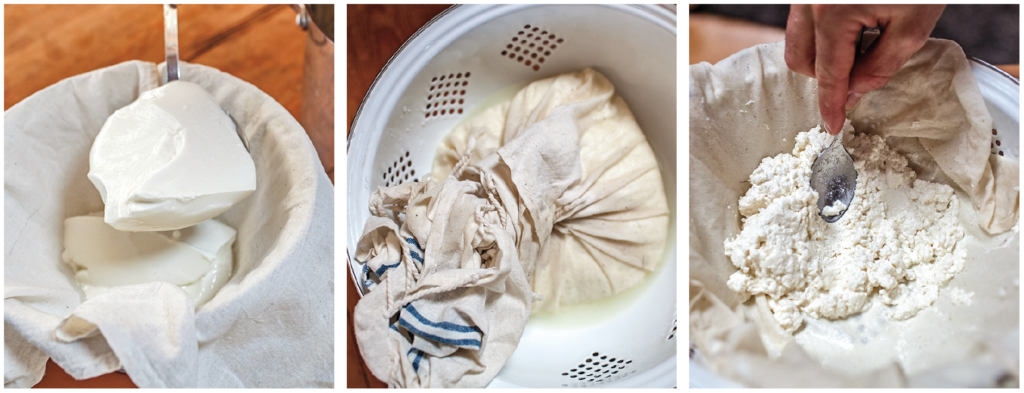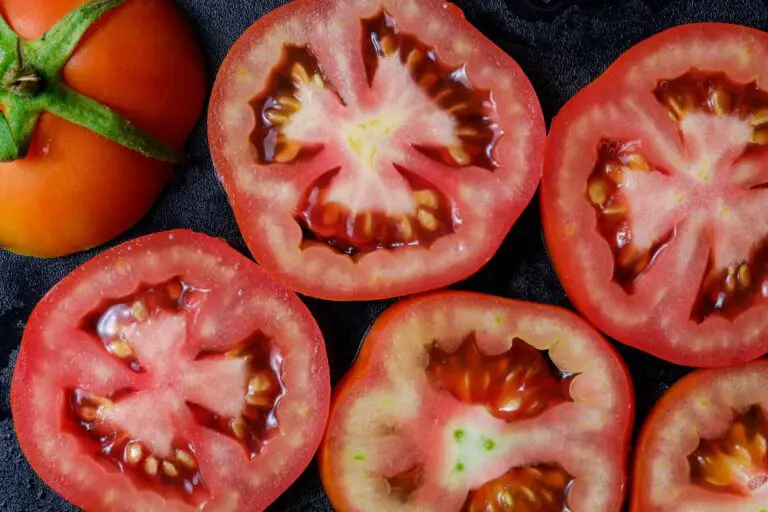Make Your Personal Chèvre Utilizing Pure Components
Making cheese at dwelling might look like a time and labor-intensive course of — however what for those who might have a recipe for a scrumptious, high-quality cheese that virtually made itself? Based on David Asher, you possibly can.
The next recipe for all-natural chèvre will change the best way you take a look at home made cheese!
The next is an excerpt from The Artwork of Pure Cheesemaking by David Asher. It has been tailored for the online
RECIPE: Pure Chèvre
The cultural circumstances inside which chèvre advanced make the manufacturing of this cheese ideally suited to our trendy occasions. With the numerous distractions and diversions in our lives, it’s typically troublesome to seek out devoted time for cheesemaking; chèvre’s simplicity helps it discover a place in our day by day rhythms.
Cows’ milk can be utilized on this recipe instead of goats’ milk: the comfortable and creamy curd that outcomes is firmer than yogurt cheese and is usually known as cream cheese, fromage frais, or Neufchâtel, although that remaining title is an American bastardization of a really totally different bloomy-rinded French cheese. The lengthy fermentation of the cows’ milk permits its cream to rise, creating an exquisite layer of creamy curd atop the whiter curd under.
Chèvre is superb by itself but in addition serves as a scrumptious canvas for including many different herbs, spices, and flavors. Roasted or uncooked garlic, cracked pepper, preserved lemons, even fruit preserves all pair nicely with chèvre. However make sure you add them on the finish of the cheesemaking course of, when the cheese is salted and drained; if the flavorings are added too quickly, their taste will circulation away with the whey.
Chèvre is usually eaten recent in North America, so it’s a little-known undeniable fact that it may also be aged! Chèvre is the muse of a whole class of aged cheeses that begin as this recent cheese.
 Time Body
Time Body
half-hour to make; 2 days whole
Yield
Makes about 1 1/2 kilos (700 g) chèvre
Gear
- 1-gallon (4-L) capability heavy-bottomed pot
- Picket spoon
- Ladle
- Du-rag or different good cheesecloth
- Metal colander
- Massive bowl
Components
- 1 gallon (4 L) good goats’ milk
- 1/4 cup (60 mL) kefir or lively whey
- 1/4 dose rennet (I take advantage of lower than 1/16 pill WalcoRen calf’s rennet for 1 gallon milk)
- 1 tablespoon (15 mL) good salt
Process
- Heat the goats’ milk to round 90°F (32°C) on a low warmth, stirring often to maintain it from scorching.
- Stir in a cheesemaking starter tradition: Pour within the kefir or whey and blend it in totally.
- Stir in a small quantity of rennet: Dissolve the quarter dose of rennet in 1⁄4 cup (60 mL) chilly water. Combine it into the nice and cozy milk gently however totally.
- Go away at room temperature, lined, for twenty-four hours. After the lengthy fermentation interval, the curd will shrink and sink to the underside of the pot.
- Ladle the curds right into a cheesecloth-lined colander perched over a bowl to catch the whey. Tie the cheesecloth right into a bag, and easily depart it within the colander to empty.
- Drain for at the very least 6 hours, at room temperature. Cowl with a clear towel if want be to maintain flies from touchdown on it. Ensure that the curds are nicely suspended above the extent of the whey.
- Salt the curds: Open up the cheesecloth bag and sprinkle 1 tablespoon (15 mL) salt over the floor of the cheese. With a wood spoon, combine the salt into the cheese totally.
- Tie up the cheesecloth bag, and let the salted curds drain for one more hour or two. As soon as the cheese feels fairly dry, it’s able to eat, or have herbs or spices added to it.
- Preserve chèvre within the fridge for those who don’t eat it straight away. It’ll preserve for at the very least 2 weeks.

To make chèvre, ferment goats’ milk with rennet till it yields a comfortable curd; grasp the curd to empty its whey; and salt the cheese to protect it.


